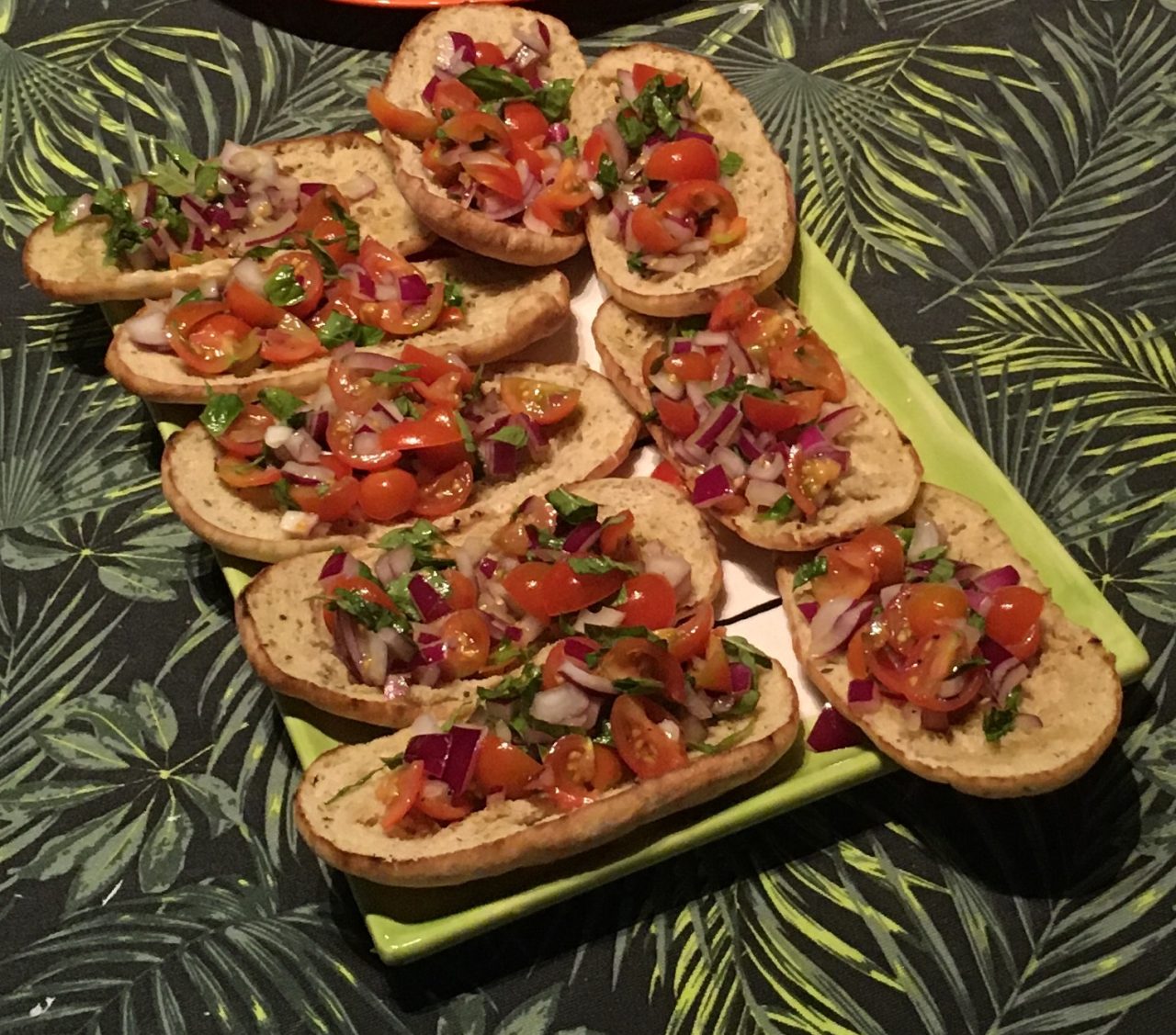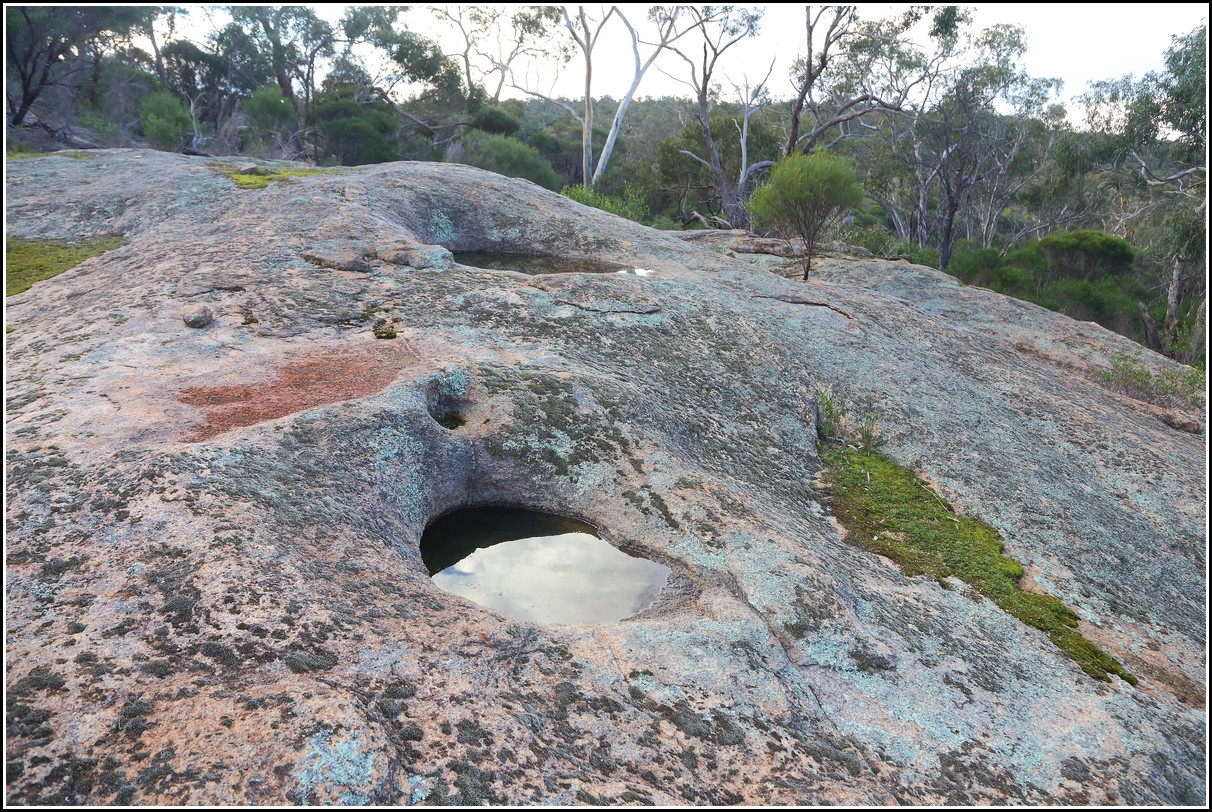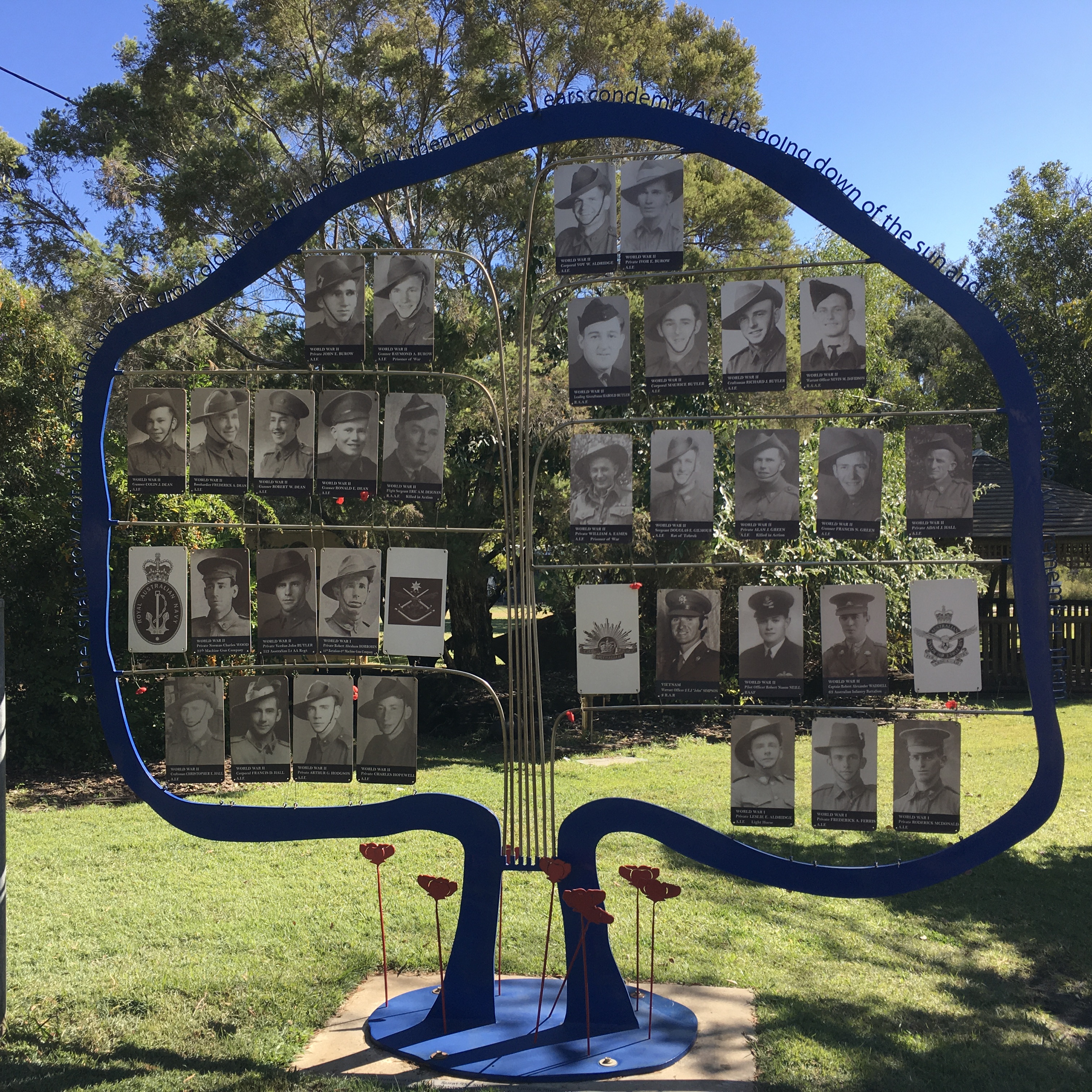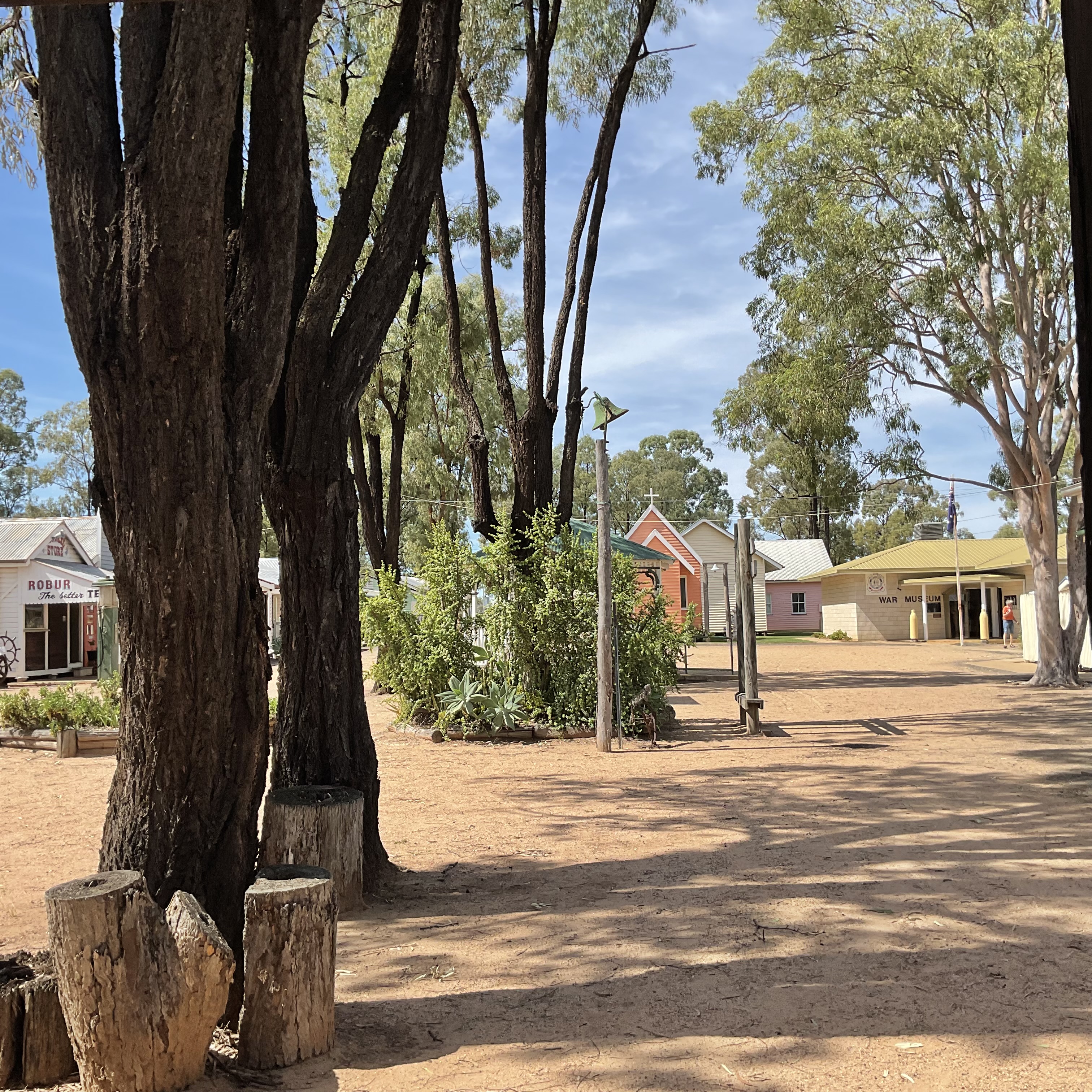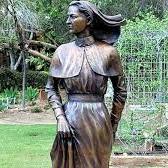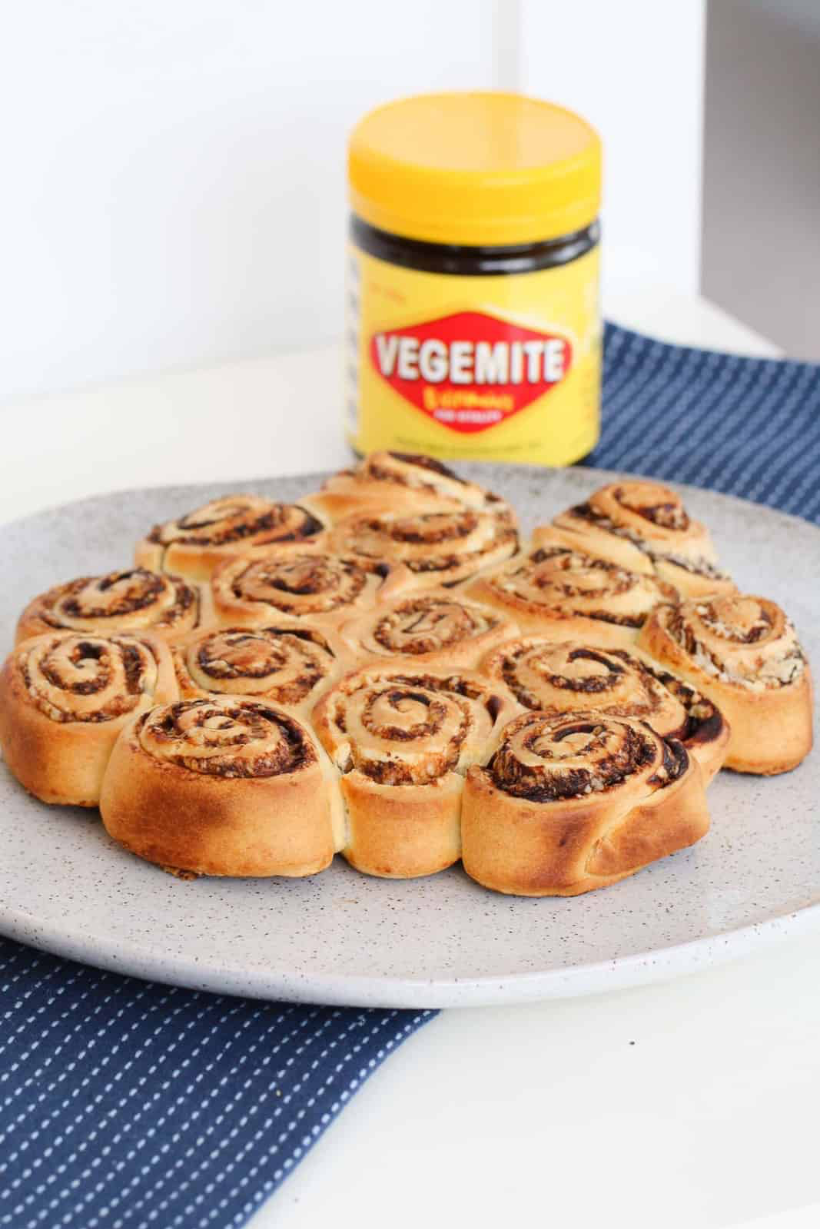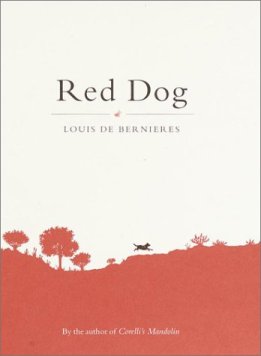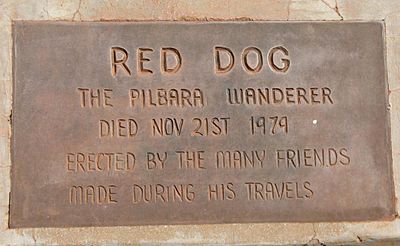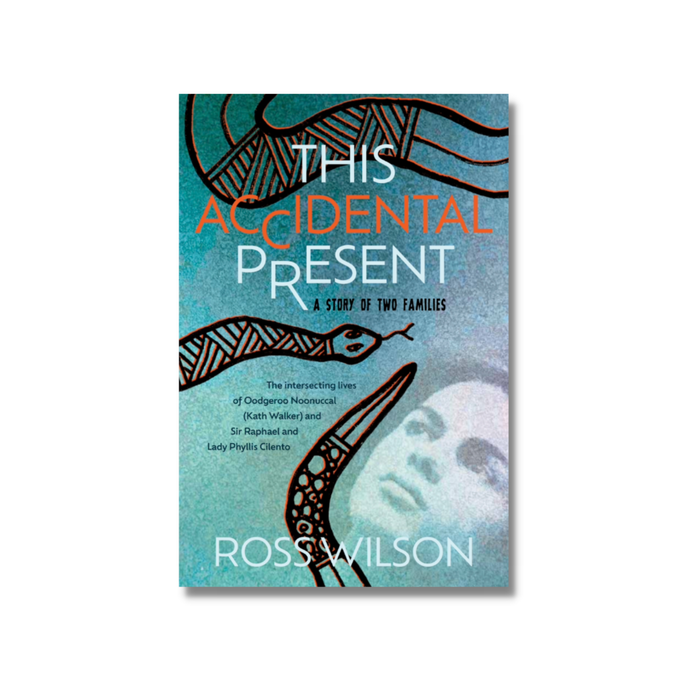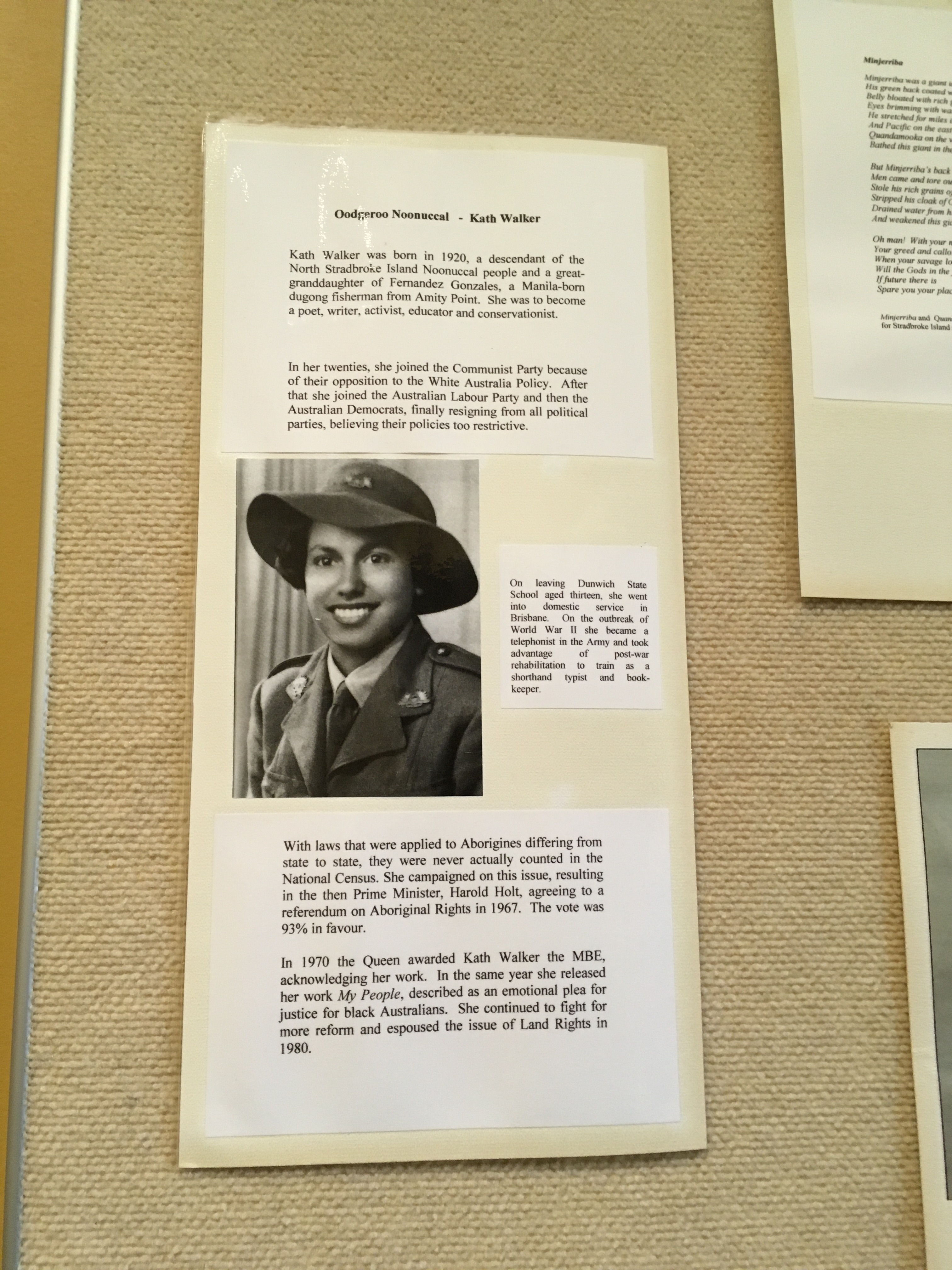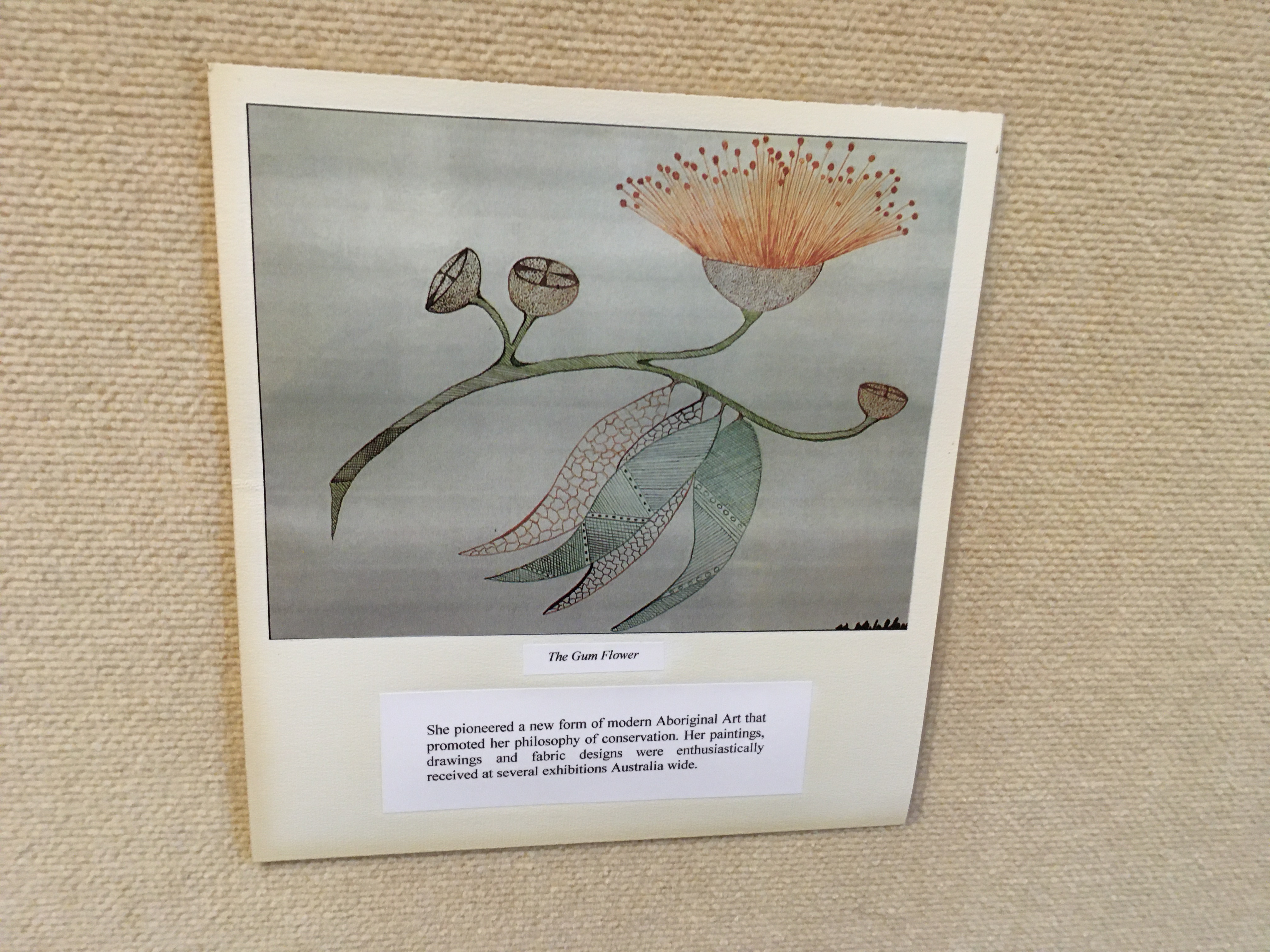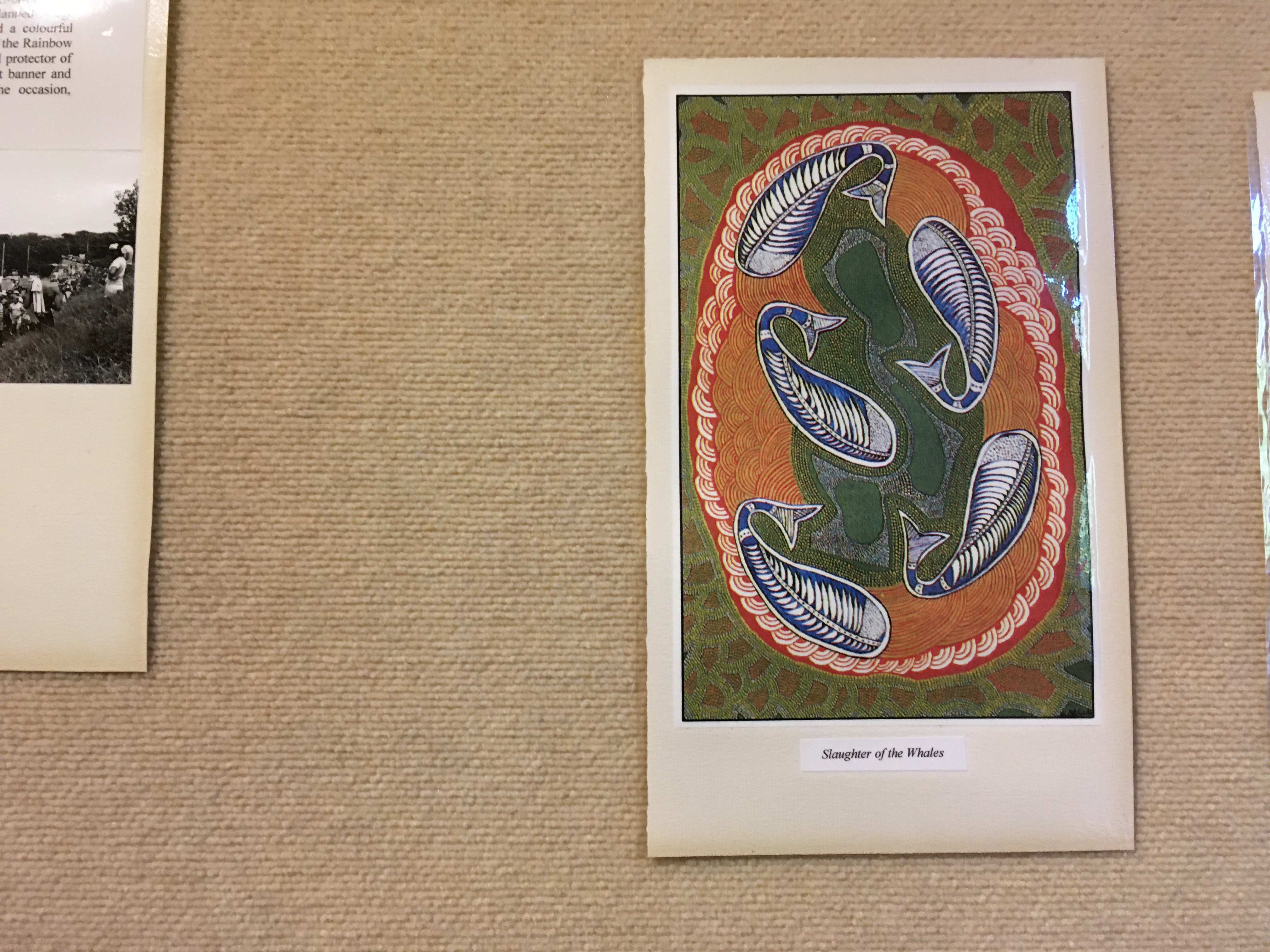Recently enjoyed a night out at the local Museum.
Don’t think museum’s are enjoyable? Think again.
Redland Museum was established just over fifty years ago to house historic artefacts, particularly of a farming nature, and stories about the people, places and events that helped shape the Redlands. It is not a large museum and the building can in no way be deemed flash. A report dated 2022 states there are 2 full time paid employees and nearly 200 volunteers who keep the wheels turning.
During those awful days of Lockdown – which we refuse to honour by giving the cause a name – a new amateur theatre group was established which based itself in the bowels of the Museum. The idea behind the formation of this group was to produce and perform productions based on the stories provided within this museum. So far ,information garnered from the catalogues and artefacts within museum walls have led to theatrical productions about the Australian Women’s Land Army, local trailblazing women who have led the way to societal change, and a rather creepy Halloween based play featuring a century old Dentist’s chair belonging to a practitioner of the past.
Last month, as part of the National Trust Australian Heritage Festival, Theatre Redlands presented a short radio play titled ” Snowed Up With A Duchess”, adapted from a script donated years ago by a resident and that’s been sitting quietly in a storage box.

The presentation itself was entertaining and provided a few giggles. However, the finale included a presentation by the museum’s librarian who provided:
a) a history of the original play : when it was written and by whom, and the play’s political context at the time it evolved in the UK in 1907.
b) the history of the script and how it landed as part of the museum’s catalogue.
Honestly, I’m not sure what gave me the biggest kick. Was it the performance or the background information?
An inexpensive evening out, an opportunity to frock up, and with a grazing box included.
Who said museums were dull?

